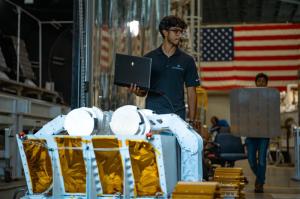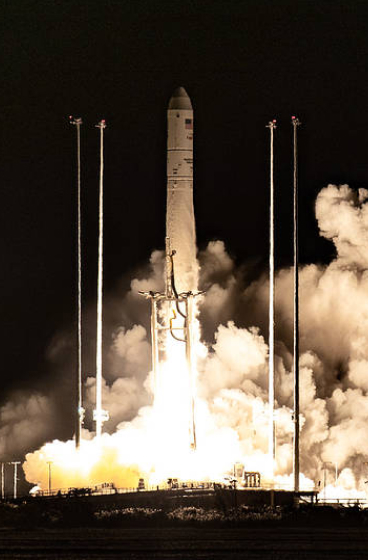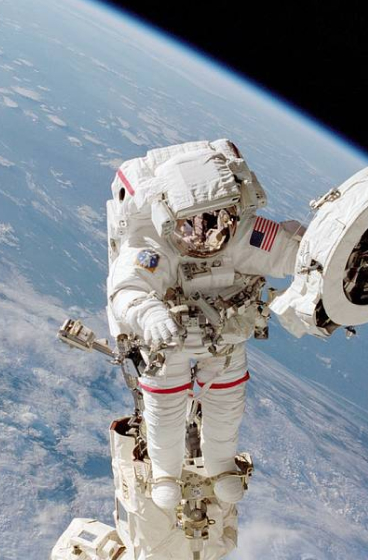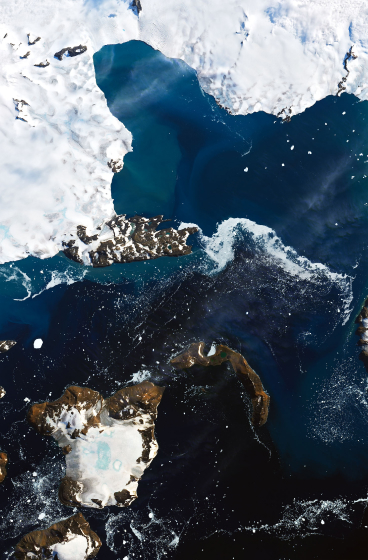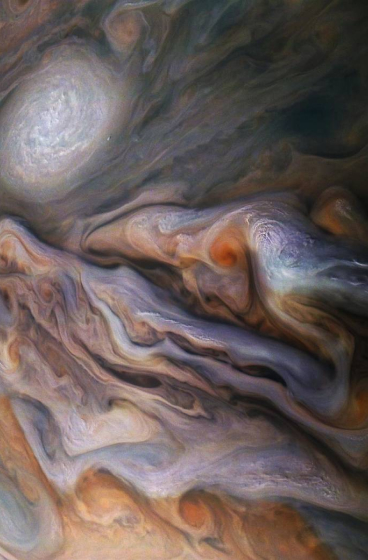In 1941, engineers began conducting the first research tests in a newly constructed 20-foot Vertical Spin Tunnel (VST) located here at NASA’s Langley Research Center in Hampton, Virginia. For the past 80 years, research in the VST has supported commercial aviation, NASA’s space missions, parachute system designs, and the development of nearly every U.S. military aircraft designed since WWII, completing more than 600 projects to date.
The VST was constructed to study aircraft stall and spin characteristics with the aim of preventing deadly accidents in which an aircraft enters an uncontrolled spin mode and descends to the ground out of control.
The tunnel works a lot like indoor skydiving, featuring a vertically rising airstream into which models are hand-launched to evaluate vehicle spin modes, spin recovery behavior, and tumbling resistance.
“The VST has a unique vertical test section that allows models to naturally fall with gravity,” said Corey Diebler, branch head of Flight Dynamics at NASA Langley. “Air flow drawn-up through fan blades, allows the model to fall in place so we can analyze the motion and understand the dynamics of the vehicle.”
In recent years, Langley has undergone multiple renovations and welcomed new construction as part of a revitalization effort. The eight-decade old VST will be one of the facilities to join this effort. The facility will be demolished at an unscheduled future date and its mission moved into the future Flight Dynamics Research Facility (FDRF).
“We’re very proud of the history here in the Vertical Spin Tunnel and the countless missions it has played a key role in,” said Diebler. “And we’re excited to continue that mission in the future new facility.”
The FDRF will house multiple test capabilities and is scheduled to be complete in 2024.






























